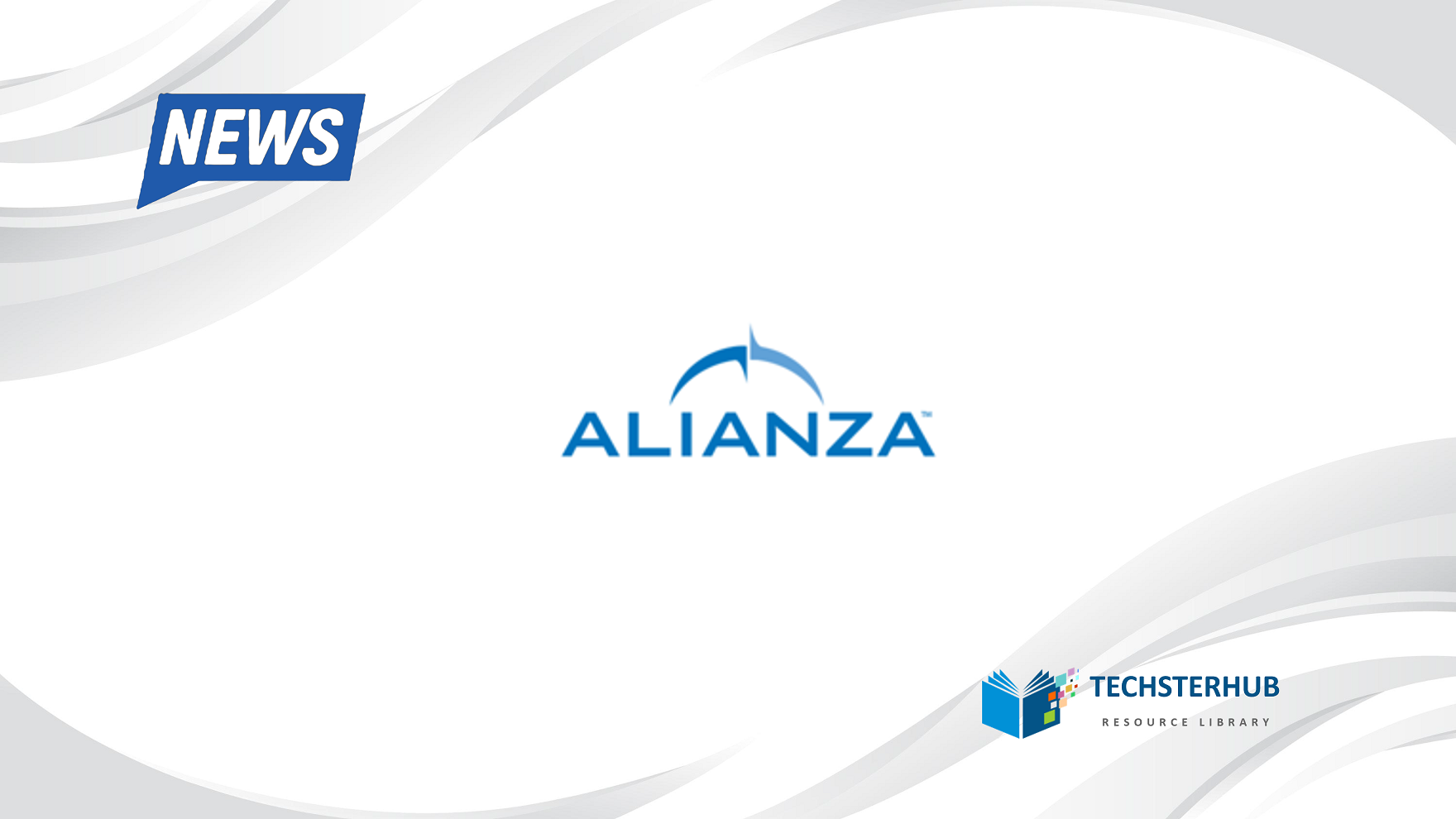Veracode has enhanced its Continuous Software Security Platform to include container security. This early access program for Veracode Container Security is now underway for existing customers.
The new Veracode Container Security offering, designed to meet the needs of cloud-native software engineering teams, addresses vulnerability scanning, secure configuration, and secrets management requirements for container images.
Veracode Chief Product Officer, Brian Roche, said, “As developers embrace cloud-native computing practices, containers have become increasingly important for business efficiency. This launch helps close a substantial gap in the market for developer-friendly solutions that cover critical capabilities for container security. We are excited to bring this next enhancement of our platform to the market and empower customers to address security testing for more modern architectures and deployment styles.”
The Requirement for Container Security is rapidly on the rise
Containers are increasingly used to simplify software deployment and runtime environment configuration management. They comprise small, fast, portable units of software in which code is packaged so that an application can be run quickly and reliably in different computing environments—from the desktop to the cloud.
They provide an ecosystem of repositories, orchestration technologies, and capabilities that address related issues, such as service-to-service communication and configuration management. Instantiated in pipelines from code, containers have the benefit of immutability, meaning they are not updated, reconfigured or patched in production.
Instead, the underlying image is updated with new capabilities and redeployed, helping to improve efficiency in the production environment.
Despite the benefits of containers, they are affected by many of the same problems that traditionally plague physical production or virtual server hardware, such as vulnerabilities introduced through additional software, poorly managed secrets (like Amazon Web Services keys and credentials in Dockerfiles), and security misconfigurations.
This has resulted in increased demand for products that address these issues and related problems, with the Global Container Security Market size expected to reach $3.9 billion by 2027. Container security scanning analyzes container images against organizational or industry-specific standards to identify insecure processes, misconfigurations that could lead to a vulnerability, and inadequate authentication and access control.
Veracode Container Security integrates into the developer environment
Many products already in the market are aimed at securing containers in runtime and offer limited support for developers, posing a major challenge for early remediation. Veracode’s solution instead integrates into the CI/CD (continuous integration and continuous delivery) pipeline and is available at the command line interface.
Providing coverage for vulnerability detection and remediation, secrets management, and security configuration issues on the most popular operating systems, it delivers remediation advice to developers early in the software development life cycle so that insecure containers don’t ship to production.
Veracode Container Security results are available in a variety of formats based on the user’s choice, including text, JSON (JavaScript Object Notation), and Software Bill of Materials (CycloneDX, SWID [Software Identification Tagging], or SPDX [Software Packaging Data Exchange]), making them easy to integrate with other tools.
Providing developers and their teams with the tools to meet their specific needs means they can find and fix vulnerabilities early in the lifecycle, giving them confidence that their containerized application environment is secure.
“Veracode Container Security will be instrumental for our developers to ensure that the workloads they deploy into our cloud are secure,” said the Director of Information Security at an automotive company.
“Without this tool, it would take our team weeks to receive and action container results and these would only have been available in limited formats. Now, we’re excited to integrate findings into the pipeline before they even move into production, creating time and cost efficiencies for our business.”, he continued.








